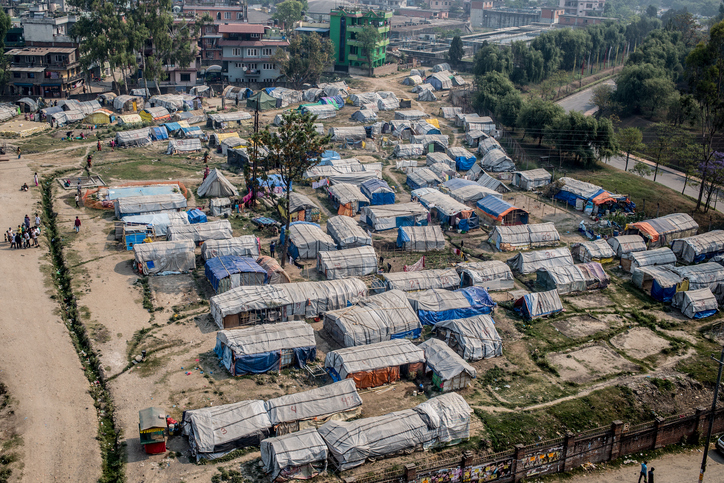Humanitarian Crises
There is little doubt left that 3D printers are opening a new door for responding to human needs the world over. Even in the realm of outer space, efforts are being made to better understand how 3D printing technology can improve upon our existing high-tech capabilities. Printers that can create bigger or smaller, faster or with new materials, more inexpensively or under the roughest conditions are under development and in use. As exciting as it is to be on the frontier of new technology, there are also obligations to understand how this technology can not only serve business, military, or engineering purposes, but how it might address human suffering, despair, and desperation.
We have seen the possibilities present for improving the human condition in a number of ways already, for example, the use of 3D printing to create drones that can fly search and rescue missions; its use to produce prosthetics and hearing aids for those in need; and the production of surgical guides and devices in order to provide expert medical care. The products of 3D printing are very nearly only as limited as the imagination and it is clear that the ability to harness the power of this technology when and where it is needed is an enormous benefit for those using it. Teams of people are currently exploring how best to deploy 3D printers into space, and now a team of researchers at Michigan Technological University, led by prolific open source 3D printing proponent Dr. Joshua Pearce, are setting forth guidelines for the production of a resilient, reliable 3D printer expressly created for use in addressing humanitarian crises.








